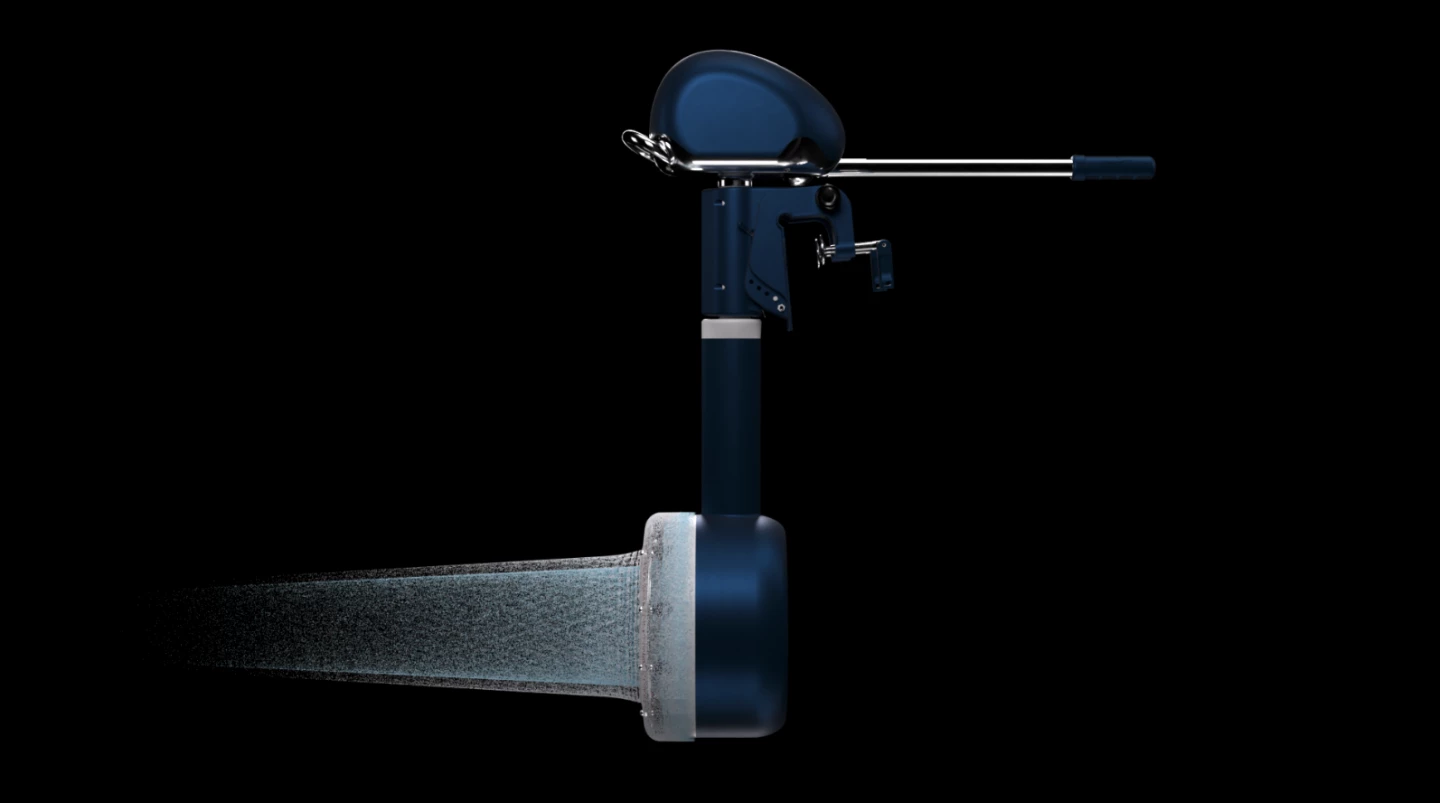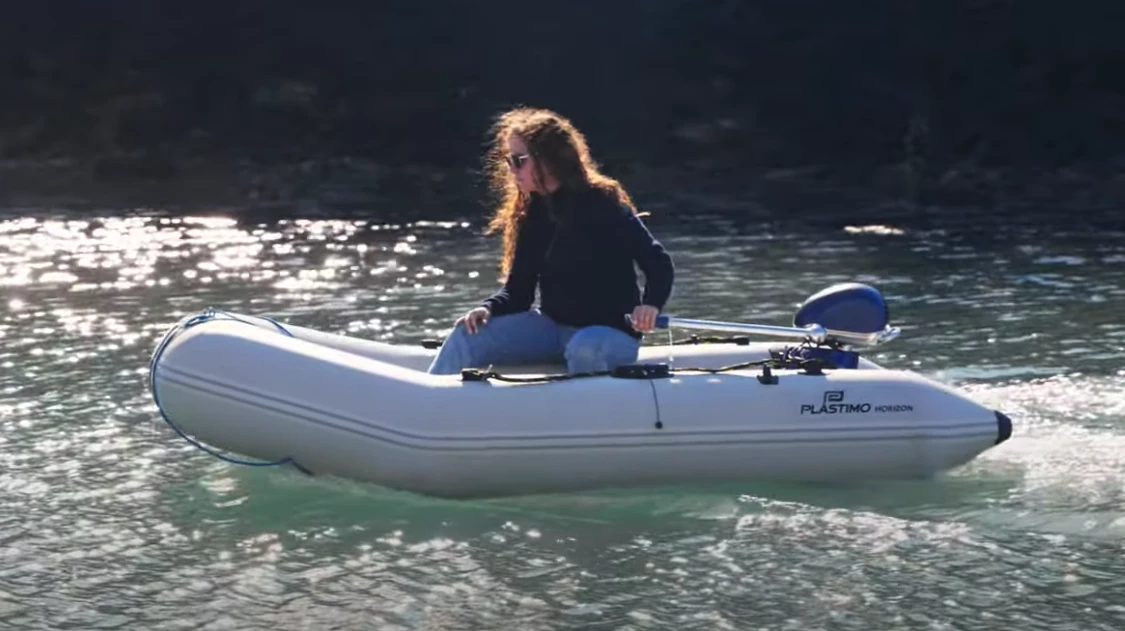French startup FinX was founded on the idea that the best way to preserve nature is to look to it for inspiration. Toward that end, it's developed an outboard motor that allows boats to move through the water more naturally and efficiently, similar to actual creatures of the sea. It cuts out the basic propeller and replaces it with a fin-like undulating membrane directly inspired dolphins and jellyfish. When agitated by the electric motor, the membrane develops safe, steady thrust that quietly pushes the vessel forward.
Something of a circular trip in reverse engineering that unfolded over the course of decades, the technology behind FinX stems back to the university work done by engineer Jean-Baptiste Drevet in the 1990s. Determined to make a more efficient fluid pump system, Drevet looked to the dolphin for inspiration in innovating the idea of an undulating membrane.
The work captured the interest of Erik Guillemin, who founded AMS R&D to further develop and commercialize the technology under the trademark Wavera. The membrane tech has since found use in industrial fluid pumps and medical blood pumps.

Guillemin's son Harold founded FinX in 2019 after working at AMS R&D for close to a decade. With his eyes on bringing the technology back to the sea from whence it was conceived, he arrived with an exclusive Wavera license for the boating industry in hand. In the ensuing years, FinX has adapted AMS' undulating membrane design to create a smoother, more efficient style of electric outboard it bills as the world's first propeller-less fin motor.
In place of a propeller, FinX's outboard relies on a linear motor to excite the ring-shaped elastomer membrane. This causes it to undulate and send wave energy through to the water, creating thrust via fluid flow. This quick video clip illustrates it in action:
In addition to being safer for life, limb and line than a propeller system, the FinX drive is also designed to operate more efficiently. FinX says the linear propulsion consumes less energy than traditional rotational propeller systems and also claims the design produces less noise and agitation in the water, making it a less impactful on marine life.
FinX began production of its first commercial outboard, the FinS, last year. Previously, or perhaps stylistically and intermittently, referred to as the Fin5, the 2-kW FinS is designed for small boats, inflatable dinghies and sailboats up to 3 tonnes. It attaches to the transom via two clamps and is controlled via tiller. Manual and auto-lift hardware protect it in shallow waters.

With the accompanying 72-Ah 48-V lithium battery, the FinS delivers an estimated top speed just under 7 mph (11 km/h). It's made to run at top speed for up to an hour and 45 minutes before draining the battery. Dialing speed back to 3 mph (5 km/h), the system can deliver up to eight hours of on-water time per charge. Estimated ranges come in at 10.5 and 21 nautical miles (19 and 39 km) at those respective speeds.
FinX is now offering the FinS for a price of €3,200 (approx. US$3,450). It showed the newfangled marine drive at this year's Boat Dusseldorf show, where it also previewed its next model, the FinE.

A scaled-up version of the fin motor, the FinE will offer up to 120 kW with the aim of powering tourist shuttles, riverboats, work boats and other larger vessels. Instead of the ring membrane design of the FinS, it uses a flatter layout with two excited membranes. FinX is planning to offer it with a hydrogen fuel cell stack.
Below, AMS R&D founder and chief Erik Guillemin puts the FinX tech to work on small inflatable vessel.
Source: FinX
















